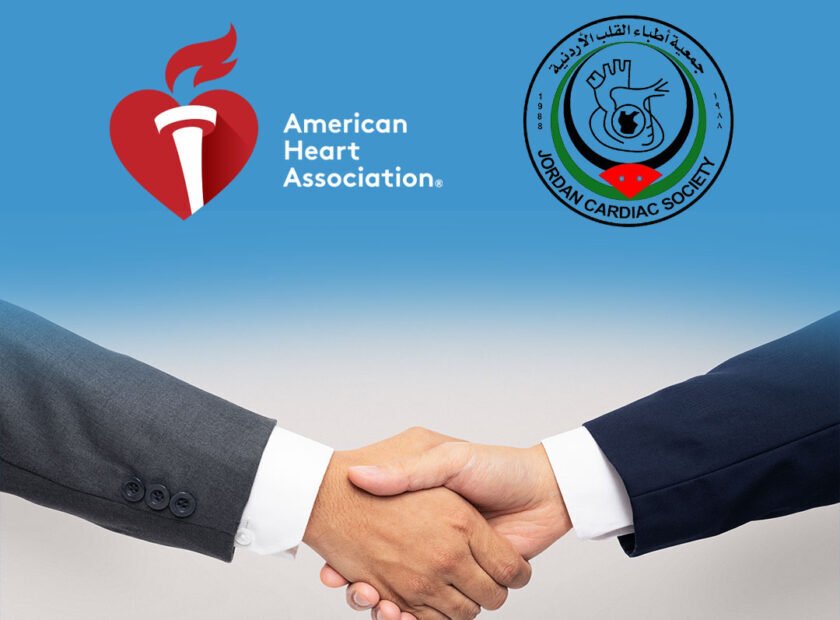Cardiovascular Risks of Nanoplastics and Benzodiazepine Use
Cardiovascular Risks of Nanoplastics and Benzodiazepine Use
Sources: ReachMD Medical News, September 2025 . New England Journal of Medicine (NEJM), March 2024 — Human evidence of nanoplastics in carotid atherosclerotic plaques, linked to higher cardiovascular risk
Keynotes:
1. Nanoplastics in arteries (NEJM 2024)
• First human study confirming micro- and nanoplastics inside carotid atherosclerotic plaques of surgical patients.
• Presence associated with higher risk of heart attacks and strokes via inflammation and oxidative stress.
2. Plastic residues as a hidden source
• Everyday items such as plastic seals and caps on glass bottles, food packaging, and disposable containers release micro- and nanoplastic particles.
• These residues can leach into liquids and foods, entering the human body through daily consumption.
• The NEJM 2024 findings show that these particles, once ingested, can accumulate in plaques and trigger vascular inflammation, oxidative stress, and cardiovascular events.
• Thus, seemingly harmless packaging residues may serve as an indirect but clinically relevant marker of exposure.
3. Benzodiazepine risks (ReachMD 2025)
• Long-term use in older adults increases cardiovascular vulnerability.
4. Shared biological pathways
• Both nanoplastics and benzodiazepines act through oxidative stress and inflammatory mechanisms.
(DOI: 10.1056/NEJMoa2309826).


